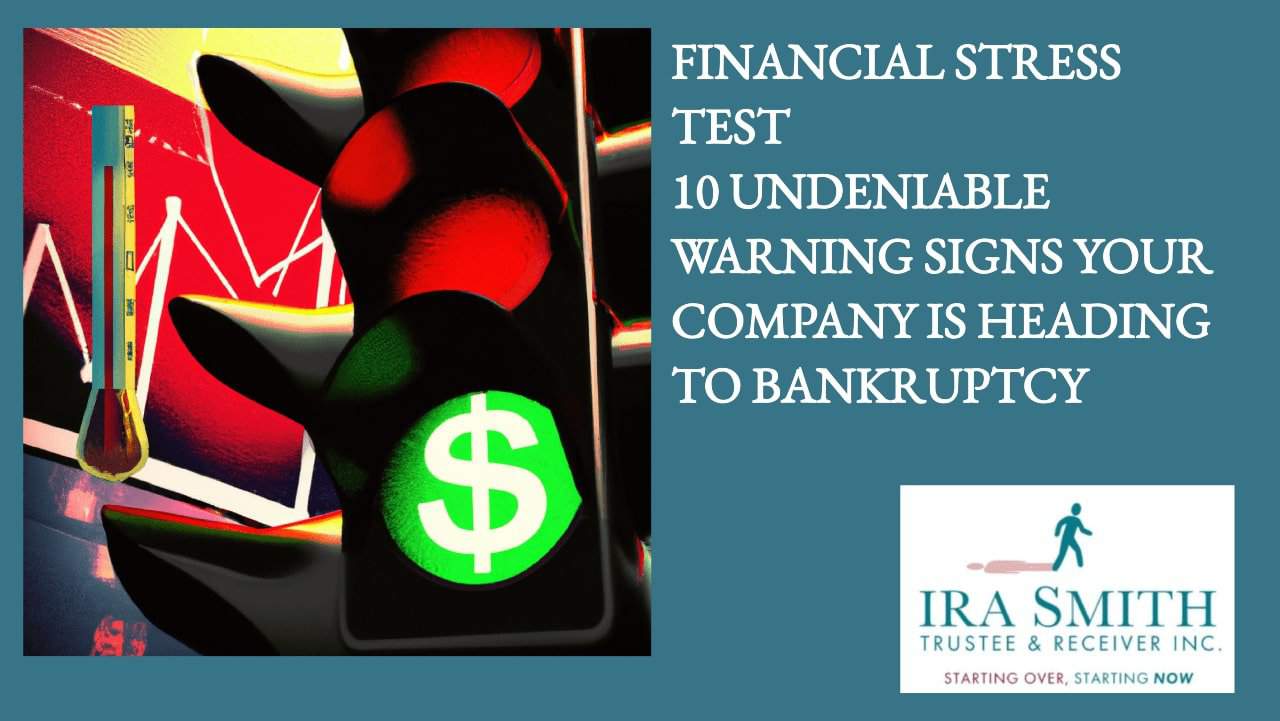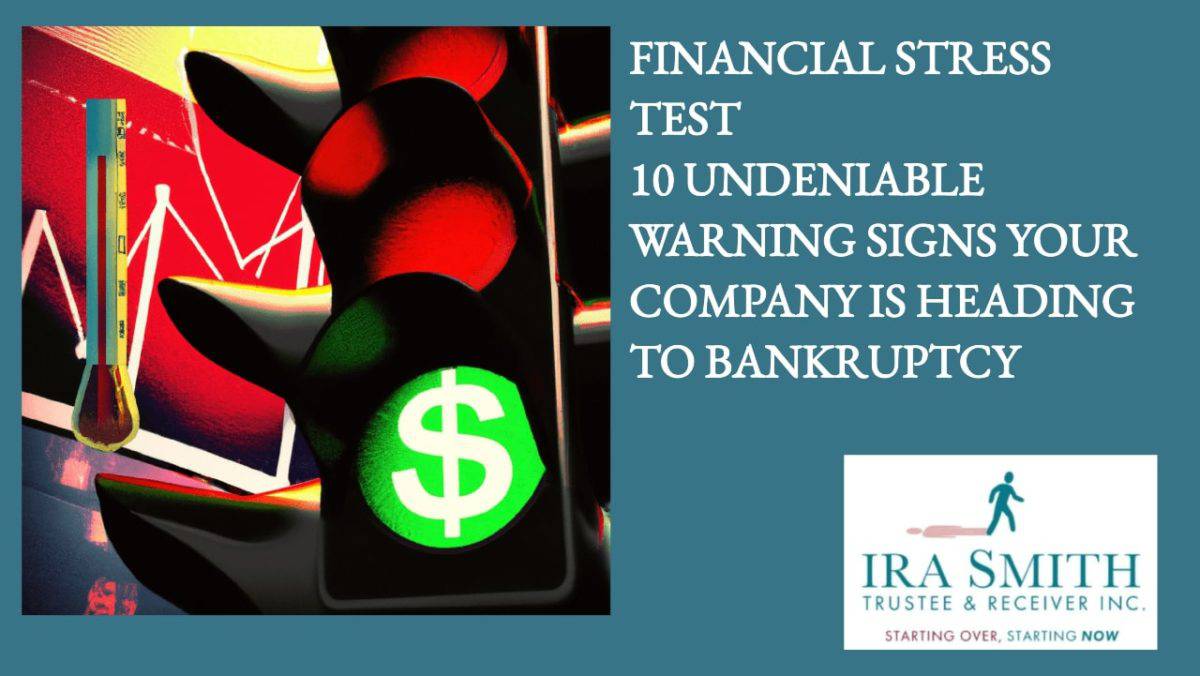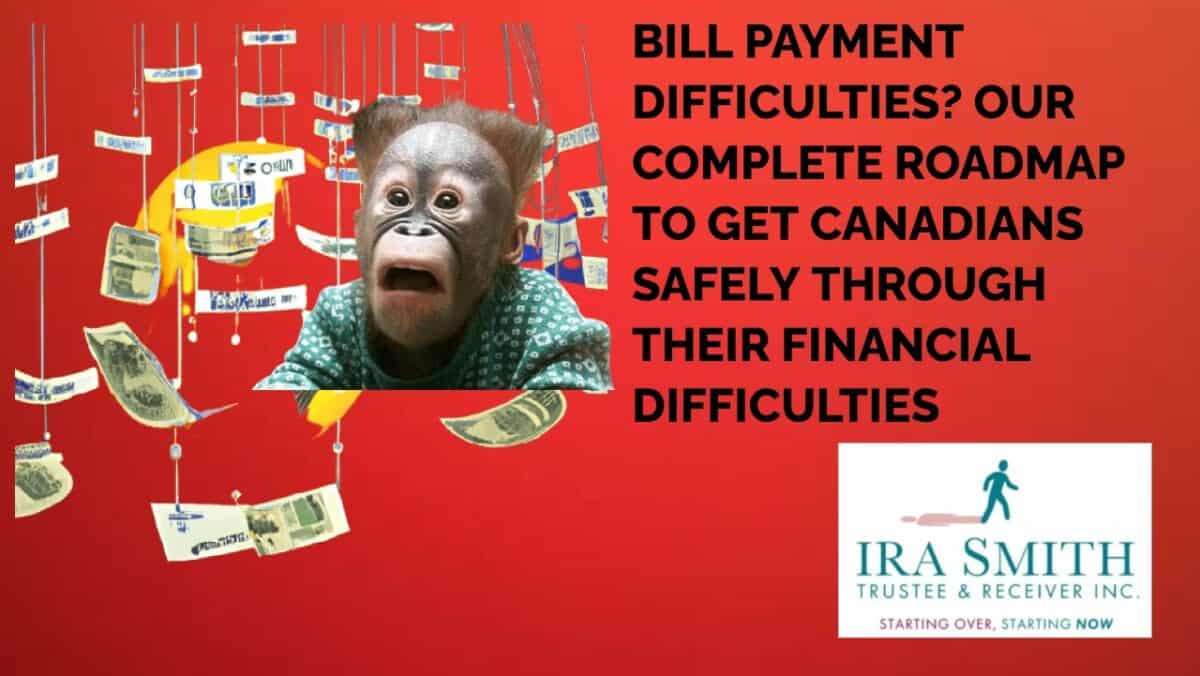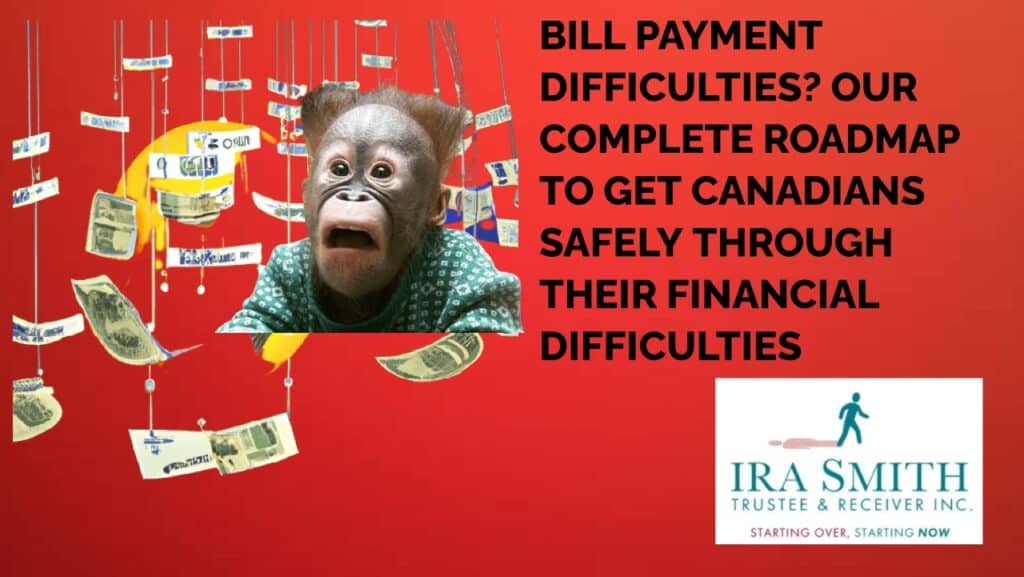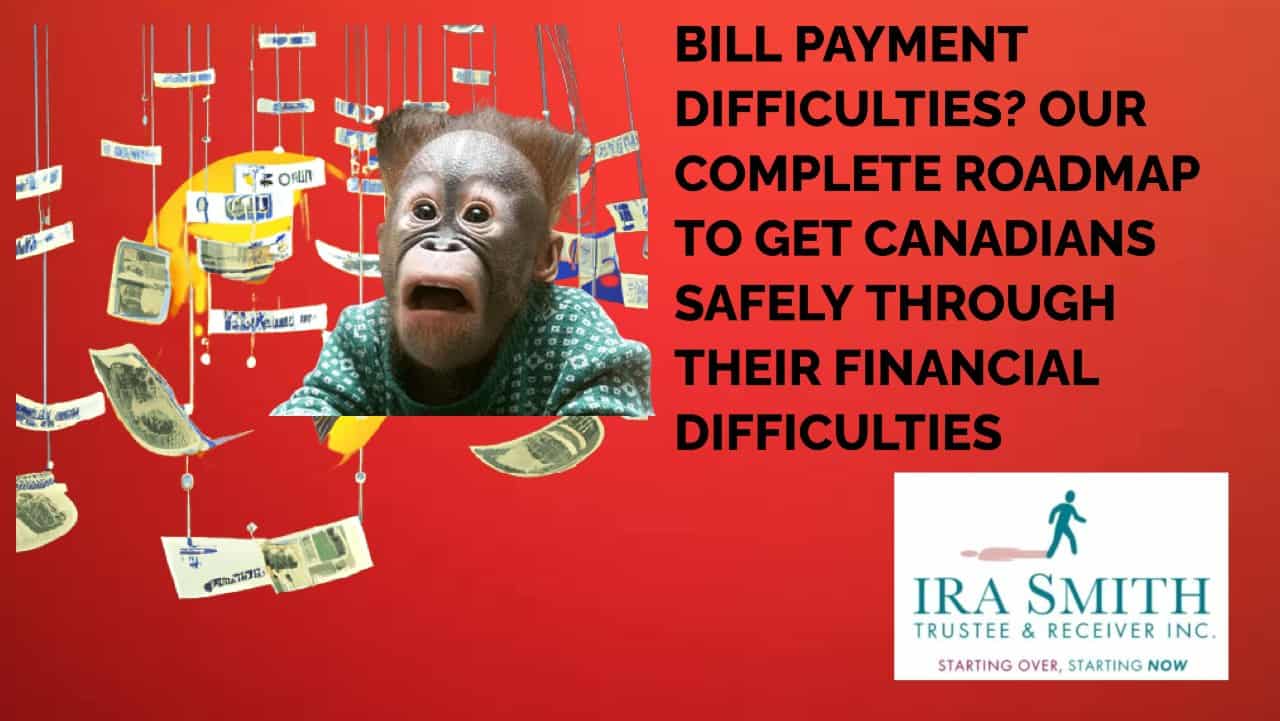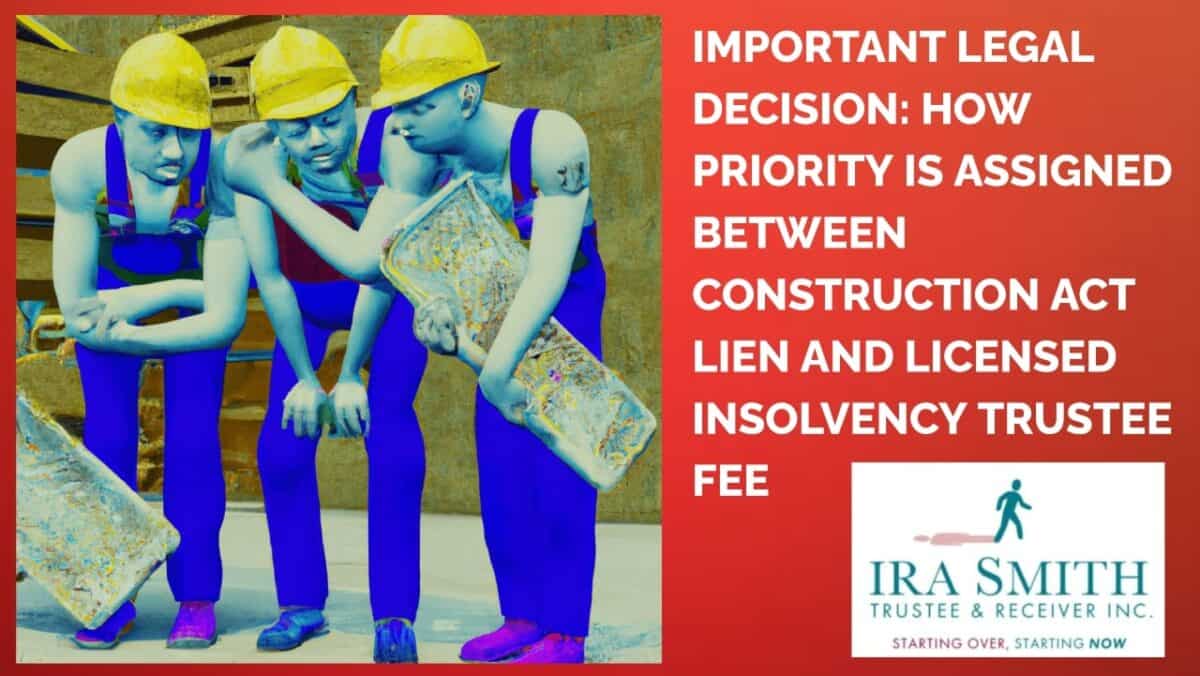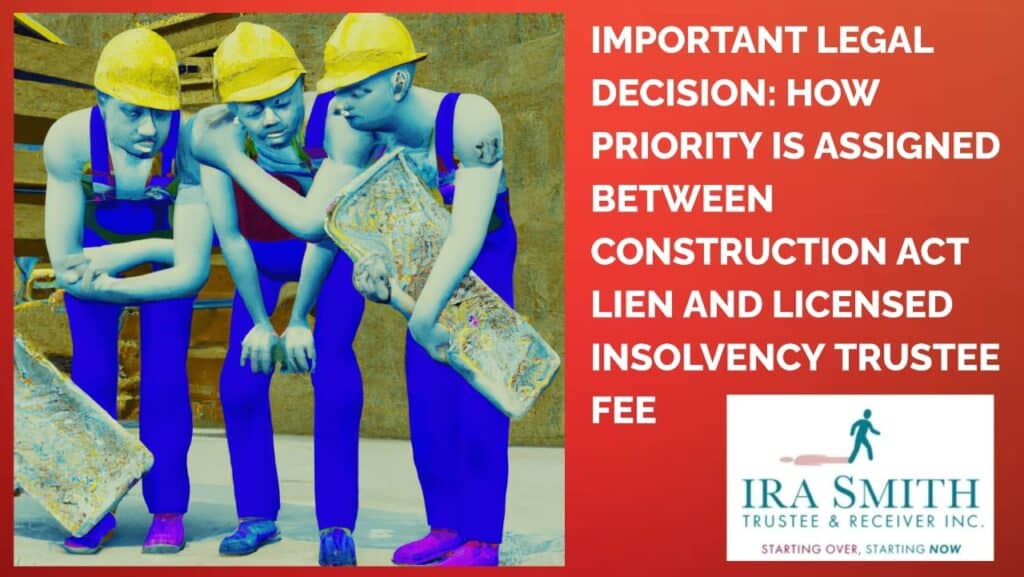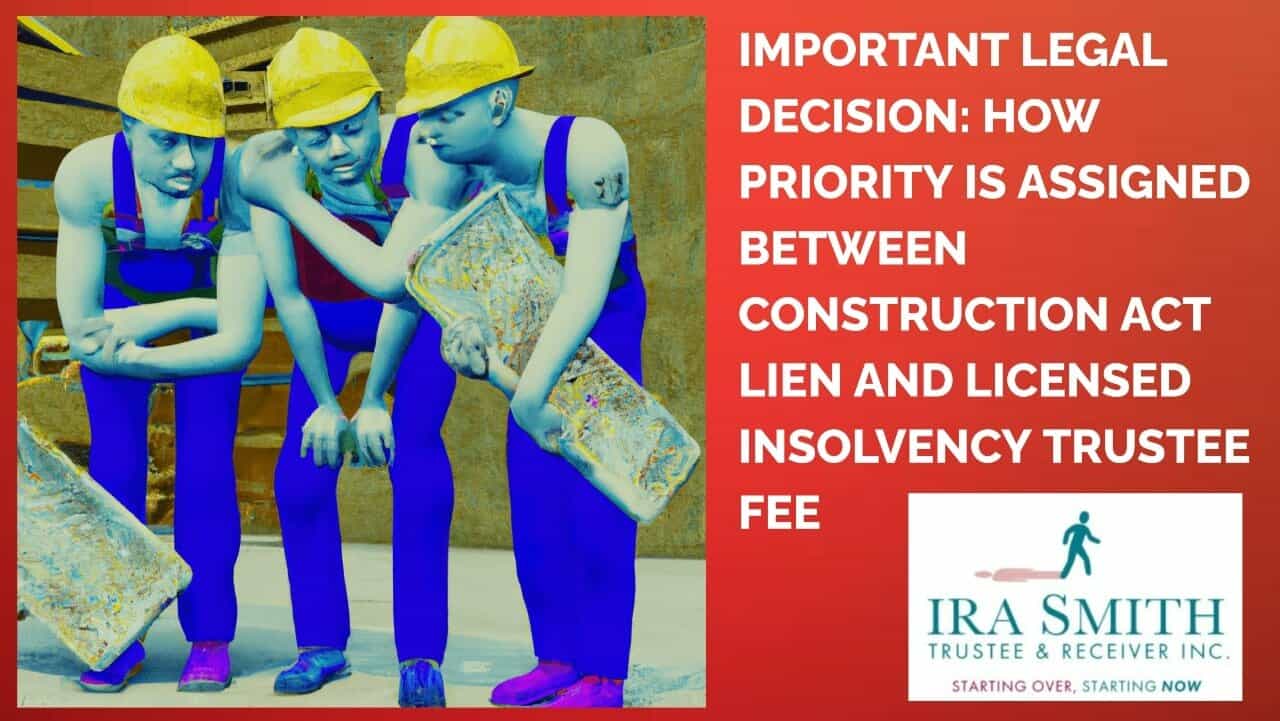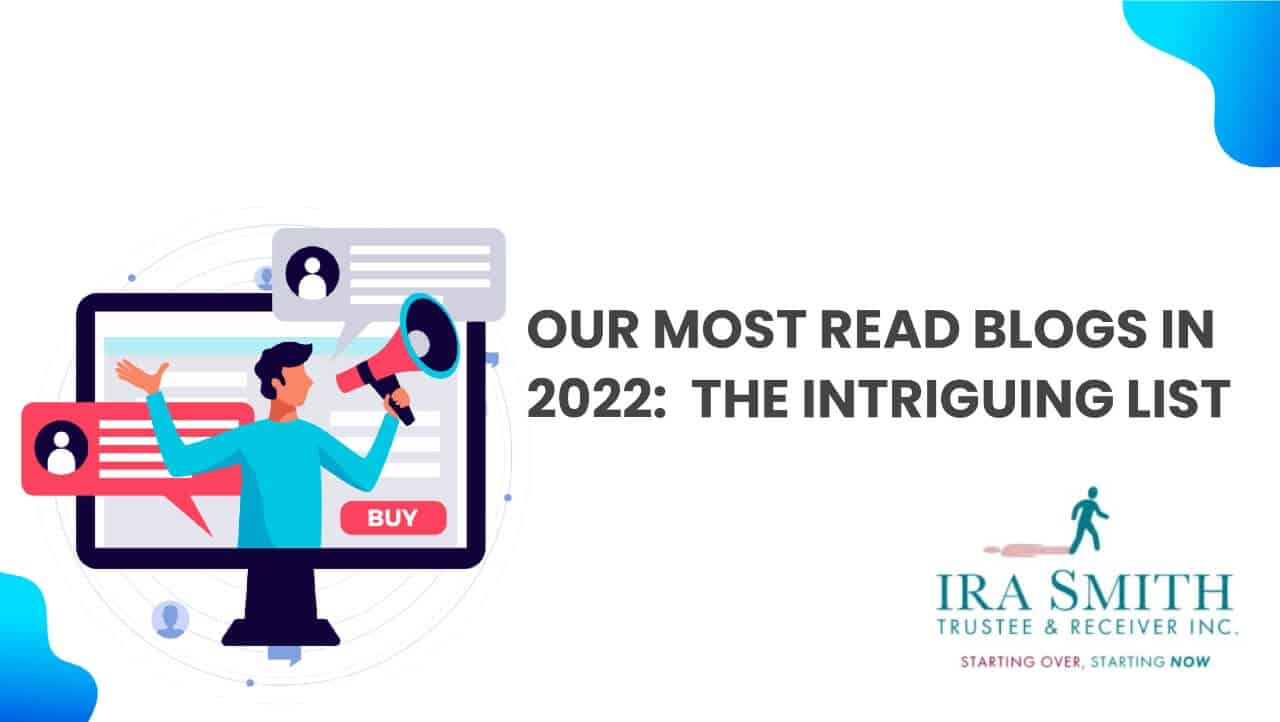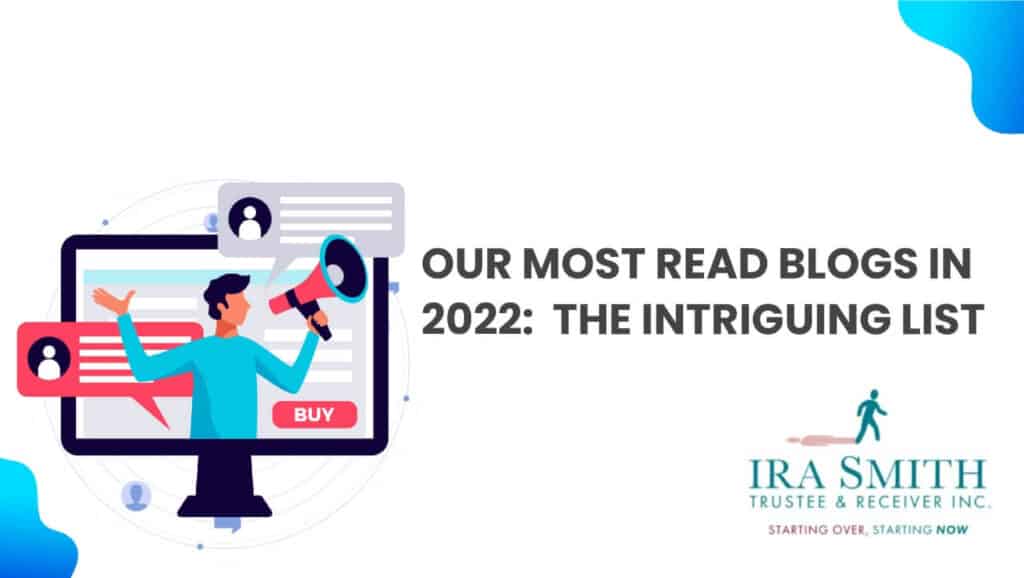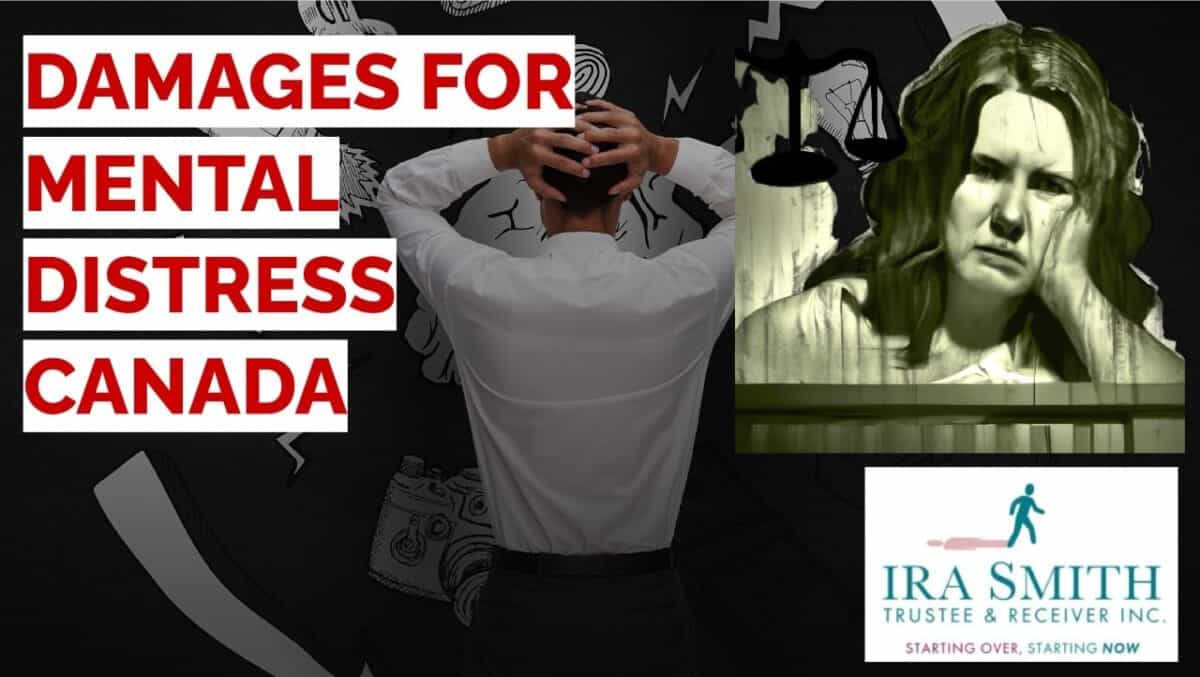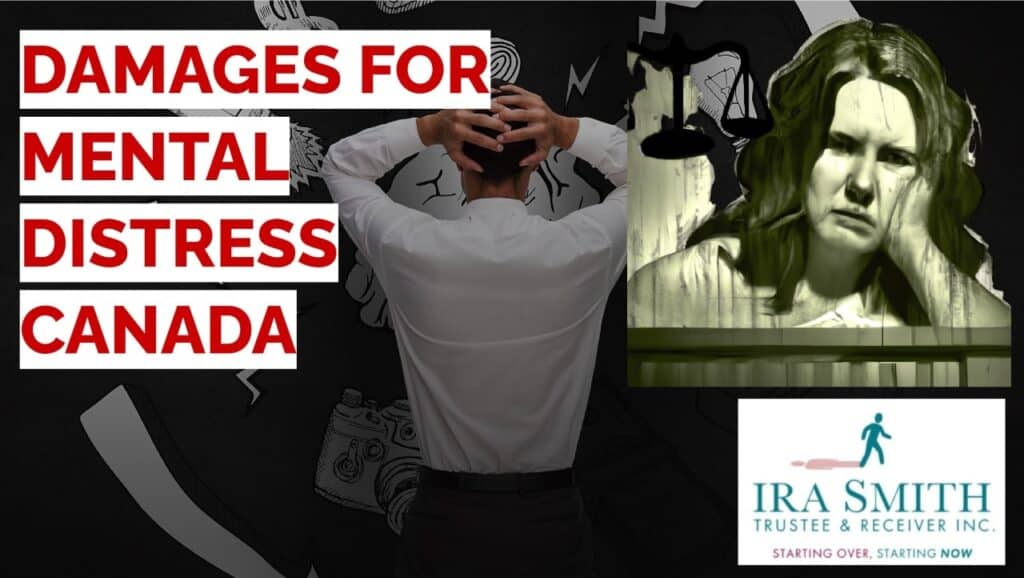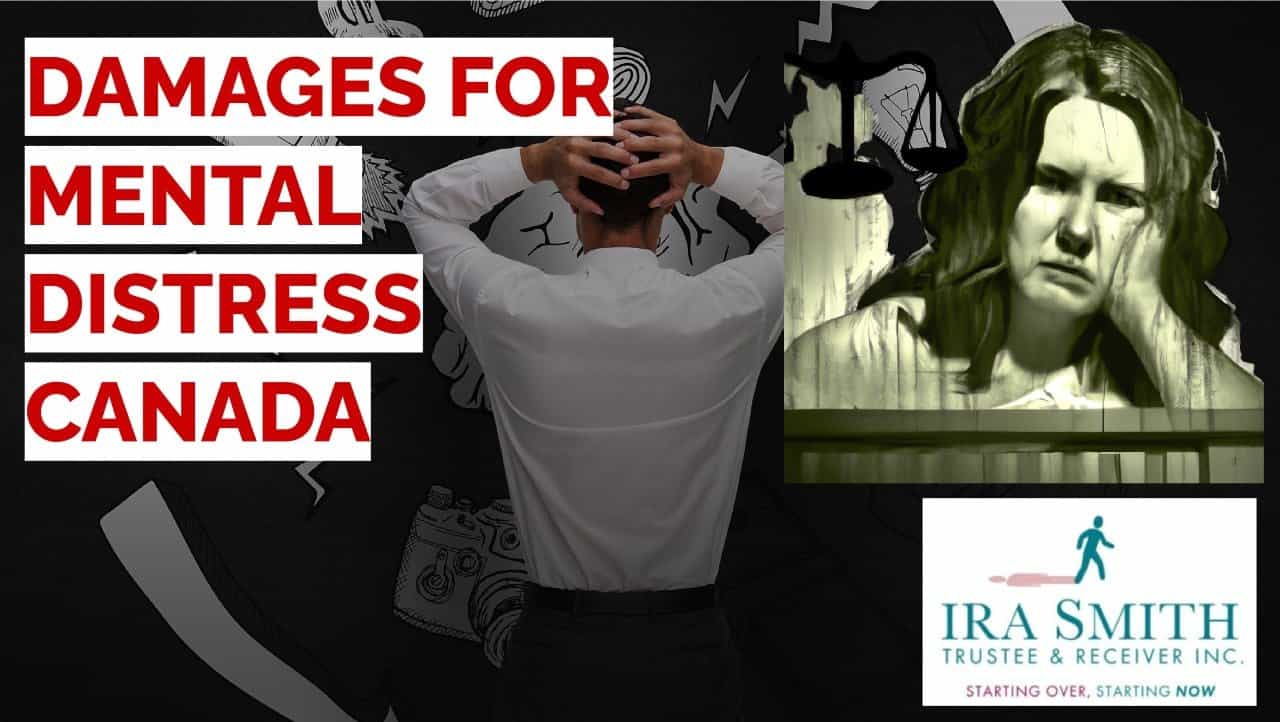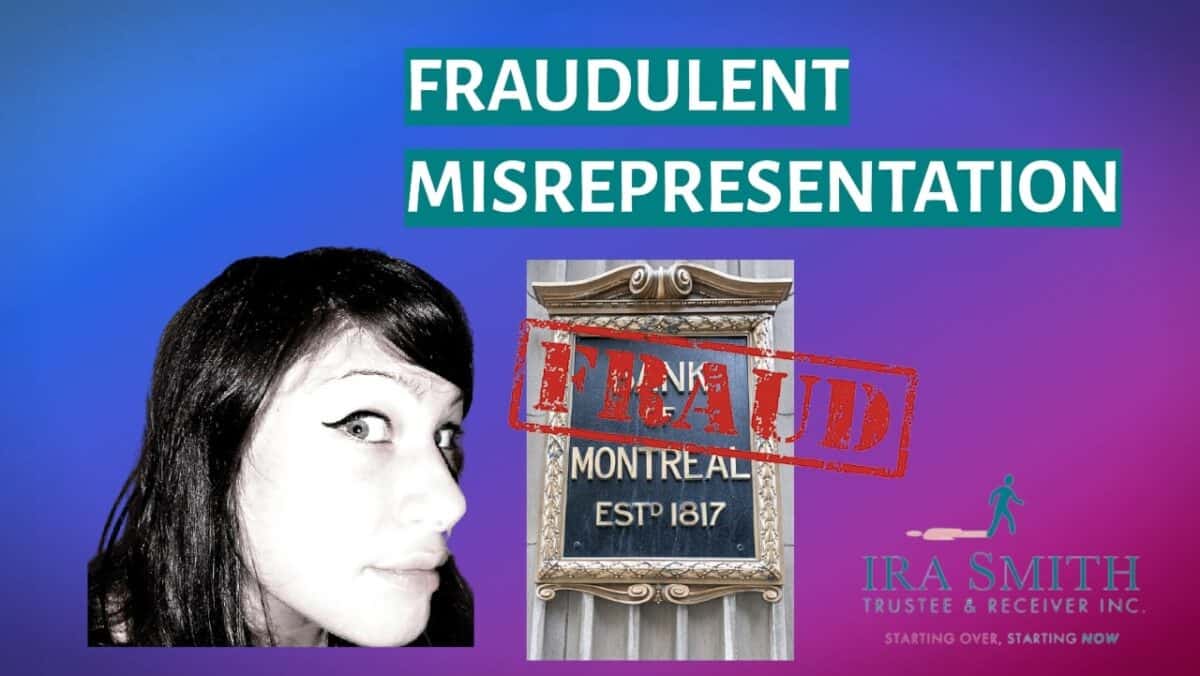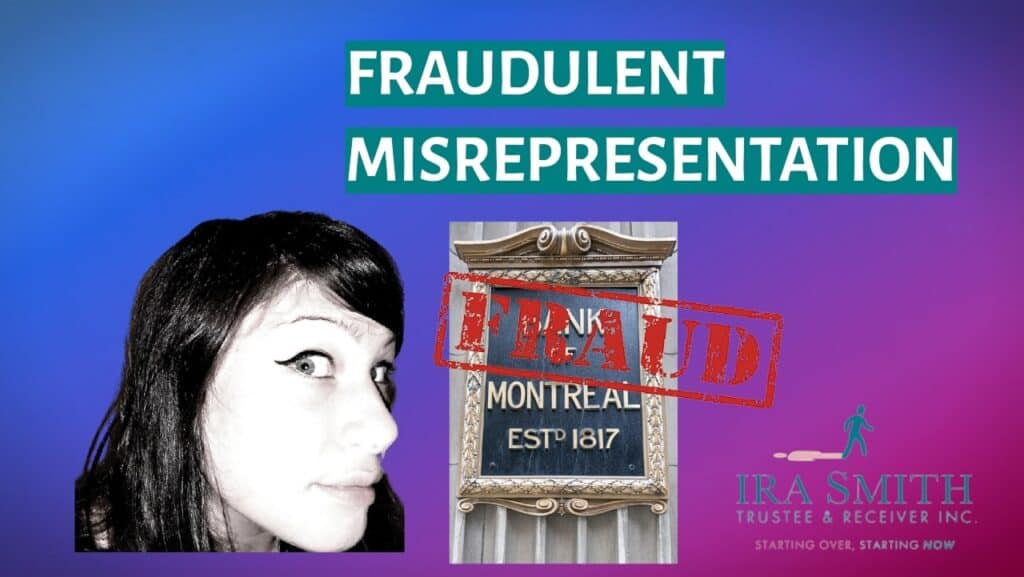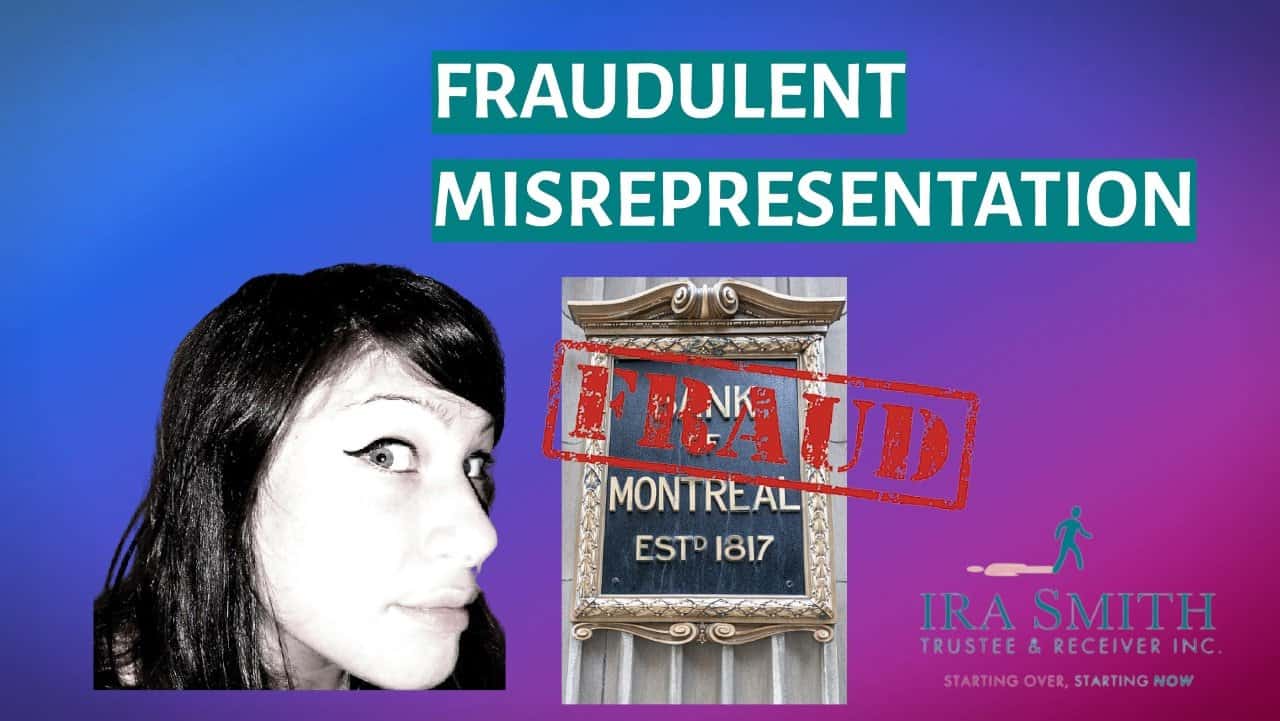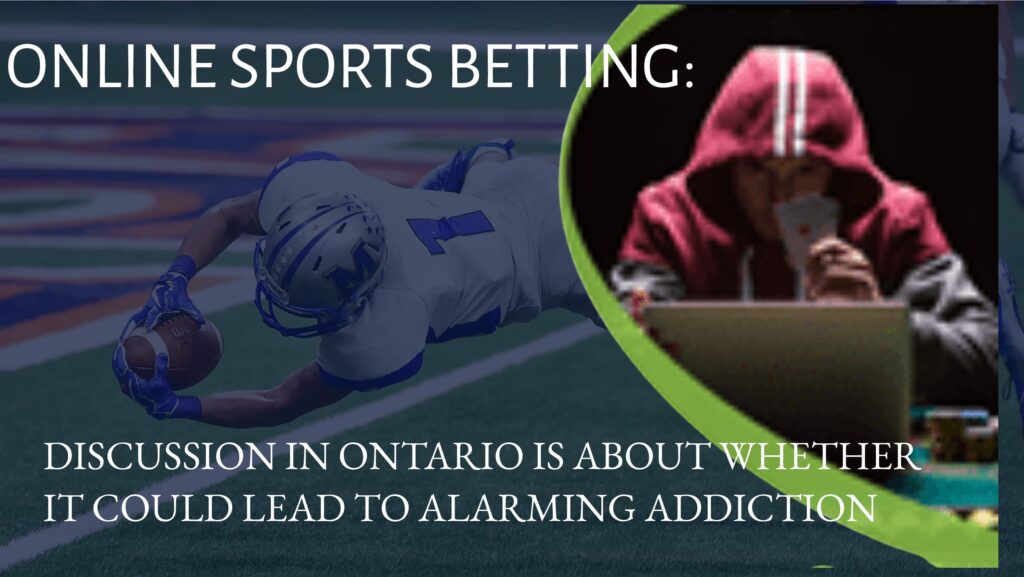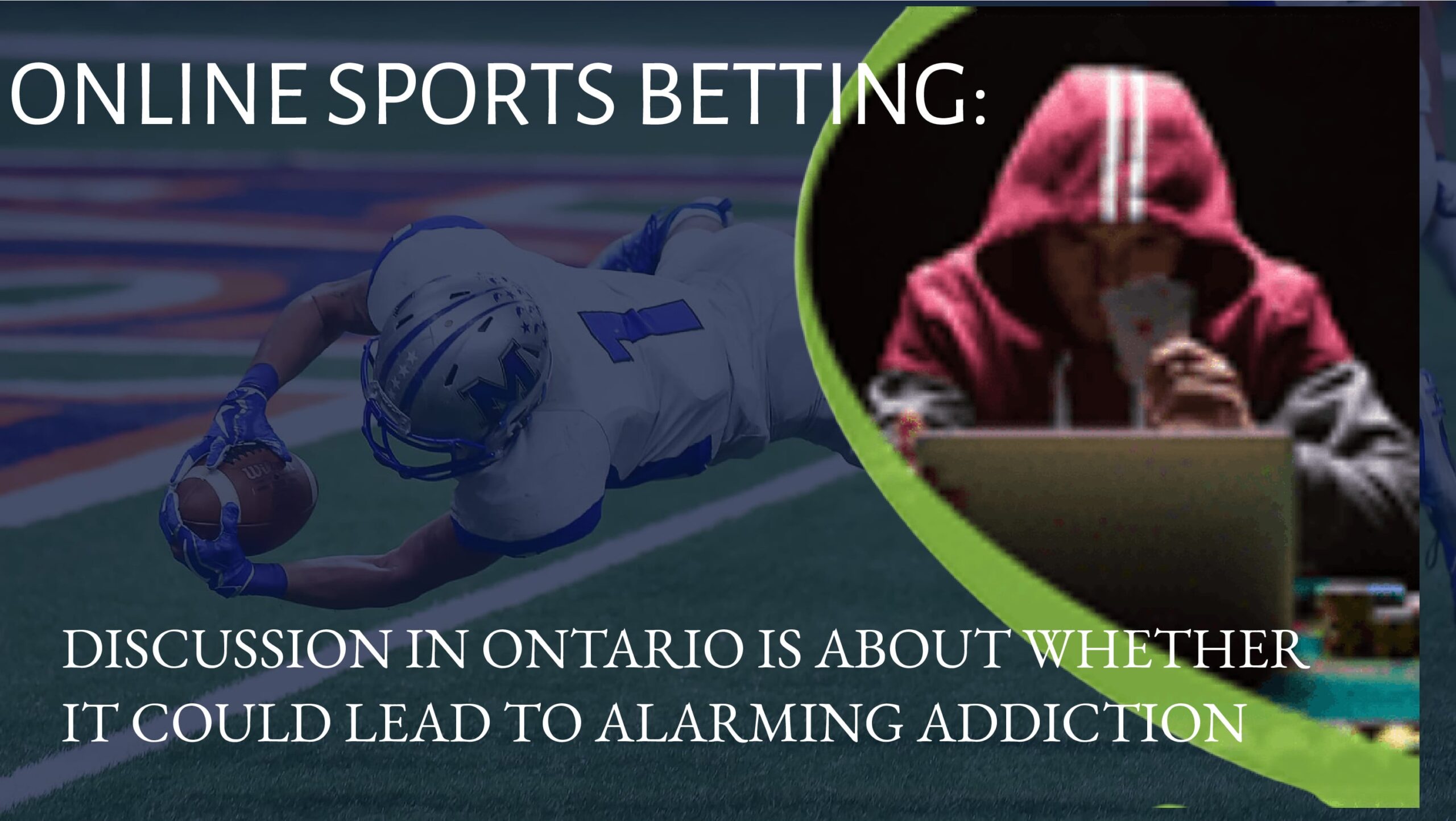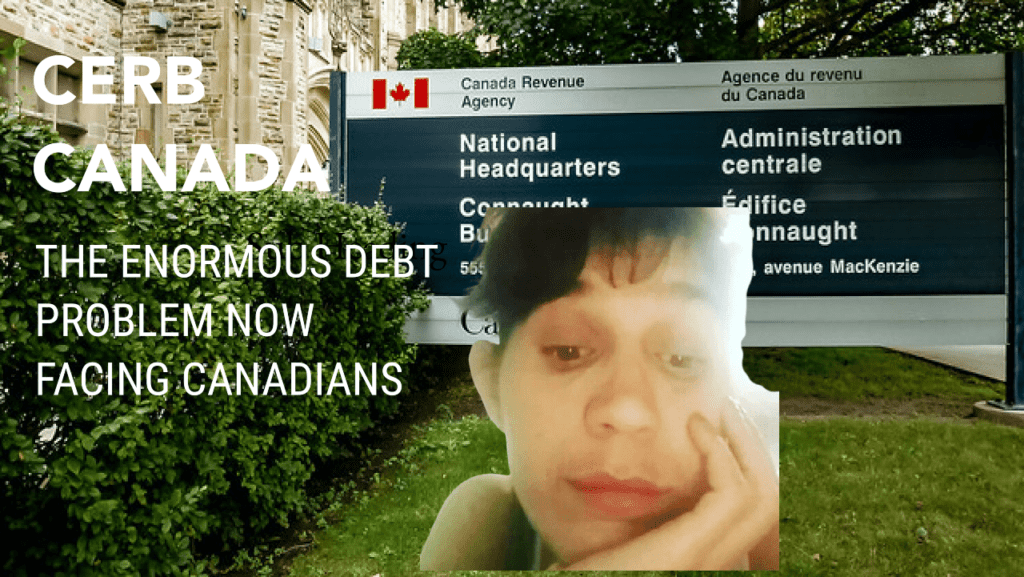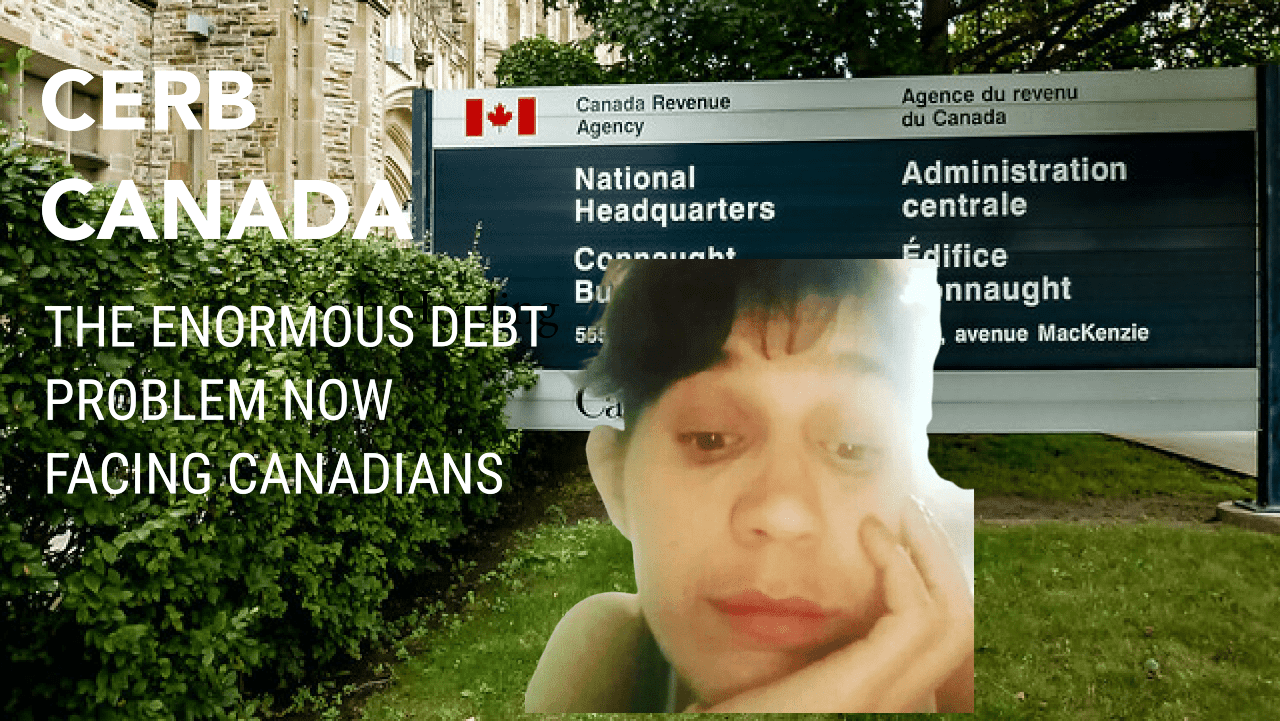Financial stress test: Introduction
Poor financial management is a substantial element that causes a firm to be burdened with excessive financial debt. To avoid financial stress, one of the critical areas for companies is to develop a proper balance between their debt and equity financing, in addition to creating a distinct plan for managing their debt. Overlooking these obligations may lead to a situation where a company ends up being overloaded by debt and interest payments and ends up perilously close to insolvency and maybe even bankruptcy.
Investing in private or public companies always brings dangers, yet it can be particularly devastating when a company you’ve bought declares bankruptcy. In this financial stress test Brandon’s Blog, we discuss the topic of business financial stress and exactly how to identify early signs that a company you own or have invested in is heading in the direction of bankruptcy. By comprehending the 10 essential indications or danger signals, you will certainly be able to make enlightened choices and protect your economic future. We believe that recognizing these signs is critical for any manager, owner or investor and we discuss them below.
Financial stress test danger signal 1: Debt can be a killer
Too much debt can be a major business killer. It typically results in their insolvency and failure. When a firm struggles with low sales and revenues, the worry of debt becomes a lot more challenging to overcome. As investors, it is important to carefully keep an eye on the financial obligation level of a business to make sure that it can fulfill its economic obligations.
Among the indications that a company is heading towards bankruptcy is frustrating financial obligations. High degrees of debt, the first financial stress test, can be a significant root cause of financial tension for a company. When a business has gathered a considerable amount of debt that it cannot pay off, it can discover it is challenging to fulfill its economic obligations, which is the leading cause of bankruptcy. This can bring about a downward spiral where the business continues to borrow to pay off other financial debts, intensifying the problem. As an investor, it’s important to keep an eye on a firm’s financial obligation levels and assess its capability to handle and reduce its financial debt burden.
In addition to taking a look at a business’s financial statements, it is very important to remain updated on the latest information and advancements that might impact a firm’s debt circumstance. Modifications in rates of interest, credit report ratings, or industry-specific regulations can have a considerable effect on a firm’s capability to handle its financial obligations and its ability to continue to operate.
Comparisons can be made between different companies and their financial obligations. It truly is a tool with 2 sides. When debt is used practically and responsibly, it has the prospective to drive business growth and expand horizons. Nonetheless, if financial debt reaches unmanageable proportions, it can swiftly turn into a fatal strike. Organizations strained by frustrating financial debt frequently find themselves captured in a damaging pattern, unable to generate sufficient funds to satisfy their financial debt duties.

Financial stress test danger signal 2: Declining revenue
The second financial stress test is a decrease in sales can act as a substantial indicator, shedding light on the multifaceted challenges a corporation grapples with. It may insinuate that the demand for the enterprise’s offerings is experiencing erosion in the marketplace, or that rival contenders are annexing a larger slice of the market pie.
Discerning the underlying rationales behind the slump in sales assumes paramount importance, as it offers insights into the realms necessitating enhancements or recalibrations in corporate strategies. Furthermore, it facilitates the assessment of whether the market has wearied of the company’s product or service offerings.
Various methodologies exist for surveilling sales trends and scrutinizing a corporation’s performance. One prevalent approach involves scrutinizing the company’s financial records, encompassing the income statement and balance sheet. These documents provide a granular breakdown of the corporation’s sales figures, profits, and expenditures. By juxtaposing these numerical facets across temporal dimensions, both management and investors can pinpoint any deviations or recurring themes in the company’s sales acumen.
Sustained drops in revenue can be construed as momentous signifiers of financial adversity and disquiet. A dip in revenue may signify a flagging appetite for the company’s offerings or an encroachment on market territory by competitors. This deterioration exerts a direct influence on the corporation’s earnings and liquidity, thereby engendering mounting impediments in meeting monetary obligations and defraying expenses.
Lenders ought to lend a vigilant ear to this clarion, as it portends the company’s arduous struggle in generating commensurate income, with potential repercussions spanning financial hardship or, in extreme cases, insolvency if left unaddressed.
Financial stress test danger signal 3: Negative cash flow
When conducting a comprehensive evaluation of a firm’s financial well-being, sustainability, and overall fiscal robustness, one pivotal factor that investors should diligently scrutinize pertains to its capital. Cash flow, the third financial stress test, denotes the intricate ebb and flow of financial resources within a company, encapsulating both the inflow and outflow of monetary assets over a specified duration.
Capital stands as the linchpin of any prosperous enterprise, furnishing the wherewithal to discharge financial obligations, sustain day-to-day operations, and seize growth opportunities. A robust cash flow empowers a company to honour its debt commitments, bankroll its routine functions, and allocate resources for the expansion of its business. Conversely, an inadequacy in cash flow can give rise to formidable fiscal predicaments, potentially imperilling the company’s equilibrium and longevity.
If a company consistently experiences a surplus of monetary outflows over inflows, it may serve as an ominous harbinger of financial distress. One of the paramount indicators signalling that a company is grappling with financial strain and edging toward insolvency is an adverse cash flow. When a company persistently witnesses an outflow of cash exceeding its inflow, it undeniably indicates that financial woes are looming.
An unfavourable cash flow signifies that the company is not generating sufficient revenue to offset its expenditures, thereby engendering the perilous inability to meet financial obligations and fulfill fiscal commitments. Prudent investors must exercise vigilance when they discern this forewarning and regard it as a crimson banner, safeguarding their investments and rendering well-informed judgments concerning the financial destiny of the company.
Comprehending the significance of cash flow
Examining a corporation’s capital history and contrasting it with its prevailing levels of financial indebtedness bestows a valuable perspective on its financial well-being. If a company shoulders a substantial debt burden that eclipses its capital reservoir, it may signal heightened risk and potentially foreshadow impending financial tribulations.
Debt servicing: Enterprises endowed with a robust cash flow possess the capacity to expeditiously honour their debt obligations, thus evading the pitfalls of loan defaults. A bountiful cash flow not only equips them to promptly meet interest and principal repayments but also instills faith in lenders and stakeholders alike.
Operational expenditures: Cash flow plays a pivotal role in underwriting a company’s day-to-day operational outlays, encompassing personnel salaries, lease outlays, utility expenses, and inventory procurements. Ineffectual cash flow management can precipitate quandaries in sustaining routine business functions, thereby opening the door to potential disruptions.
Prospects for growth: A buoyant cash flow furnishes a corporation with the requisite financial means to seize burgeoning prospects, be it diversifying its product portfolio, venturing into novel market segments, or acquiring rival entities. Enterprises grappling with meagre cash flow may forfeit these openings and fall short of harnessing their full growth potential.
Analyzing cash flow: Key metrics and ratios
Pro Tip: It’s also crucial to compare a company’s cash flow metrics with those of its industry peers and competitors. This helps provide context and identify potential outliers or areas of concern.
Since we have developed the significance of capital in a business’s monetary wellness, let’s explore the important indicators and proportions that investors typically rely upon to evaluate a business’s financial security and efficiency.
Cash flow to debt ratio: This proportion contrasts a business’s operating capital to its overall debt, providing an understanding of its capacity to service its financial obligation obligations. A greater proportion suggests a favourable circumstance, showing that the company creates enough cash to cover its financial debt settlements.
Running cash flow (RCF): This metric exposes the cash created from a company’s core procedures. A positive RCF indicates that the business’s operations are producing enough cash to cover its costs and purchase future growth. An unfavourable RCF might recommend operational inefficiencies or declining sales.
Free capital (FCF): FCF represents the cash left after subtracting capital investment from running capital. It shows the surplus cash offered for debt settlement, shareholder distributions, or reinvestment in business. A healthy FCF is necessary for long-lasting economic stability.
While these metrics offer a beginning point for capital analysis, it is very important to perform an extensive testimonial of a company’s financial declarations, including its earnings statement and balance sheet. Comparing the trends in cash flow over multiple periods can reveal patterns and provide a more accurate assessment of the company’s financial stability.

Financial stress test danger signal 4: Inadequate liquidity
Inadequate liquidity stands as the pivotal fourth financial stress test, suggesting that a corporation is treading the precarious path towards insolvency. When a company grapples with a paucity of access to liquid resources, such as cash or readily tradable securities, it can substantially fetter its capacity to discharge fiscal obligations and retire outstanding debts. Constricted liquidity begets complexities for a company in navigating unanticipated financial setbacks or leveraging investment opportunities to generate revenue.
In the dearth of a commensurate cash flow, a company might resort to exorbitantly high-priced borrowings or precipitous divestment of valuable assets, thereby exacerbating its fiscal predicaments. Investors ought to meticulously monitor a company’s liquidity standings, for it can serve as a telltale sign of an impending bankruptcy risk.
Financial stress test danger signal 5: Impact of competition on a company’s financial health
When one undertakes the evaluation of an enterprise, it becomes paramount to consider the relative extent of its market dominance in comparison to its competition. If said market portion exhibits a downtrend, it could potentially signal operational hurdles, a struggle to maintain competitiveness, or perhaps even an ongoing struggle for supremacy. Moreover, prudent investors ought to delve into the company’s array of competitive strengths and weaknesses in this fifth financial stress test.
This endeavour necessitates a comprehensive examination of aspects such as the distinctiveness of their products, the standing of their brand, their operational efficiency, and the fidelity of their customer base. A holistic understanding of these facets stands as a fount of invaluable insights concerning the organization’s ability to maintain a lead within the competitive milieu.
Furthermore, seismic shifts in consumer proclivities might also wield a profound influence on the fiscal well-being of an enterprise. As the predilections of consumers undergo metamorphosis, organizations must adroitly recalibrate their stratagems to conform to these evolving exigencies. Failure to do so could culminate in market erosion and revenue diminution.
For example, a company that neglects to embrace the currents of e-commerce and the tenets of digital marketing might find itself outflanked by competitors who adroitly harness the potential of the online sphere. Investors ought to scrutinize the responsiveness of an enterprise to the vicissitudes in consumer comportment and evaluate its preparedness to exploit nascent prospects.
In the process of scrutinizing the financial robustness of an enterprise, it becomes imperative for proprietors, administrators, and financiers alike to factor in the competitive ecosystem. It is a sine qua non to undertake a scrupulous and penetrating inquiry to fathom the challenges posed by rival entities and gauge the organization’s tenacity in the face of such challenges.
One of the cardinal modes through which competition influences the financial stability of an enterprise resides in the transformations that transpire within the marketplace landscape. The advent of formidable competitors possesses the potential to upend the dynamics of the market, casting a substantial shadow over long-established entities.
These competitors may proffer analogous wares or services at more enticing price points or introduce pioneering solutions that captivate the discerning gaze of consumers. In such instances, the organization may experience an erosion of its market pie, thereby impacting its financial performance adversely.
Competition assumes a pivotal role in ascertaining the fiscal vitality of an enterprise. In the contemporaneous warp-speed business milieu, entities confront ceaseless challenges emanating from their adversaries, which can deliver both boons and banes. It is of utmost import for investors to vigilantly track the competitive vista and assess its prospective repercussions on the enterprise they have bestowed their confidence.
Financial stress test danger signal 6: Problem in securing financing
When a company is not able to secure funding, it can be a concerning indication of economic distress. Lenders might watch the firm as not creditworthy, implying they do not believe in its capability to pay off borrowed funds. This can develop a cycle of financial stress, making it even more difficult for the firm to fulfill its monetary commitments and survive. Investors should be cautious when they see a firm battling to get financing, as it can be a very early indication of prospective bankruptcy. It is critical to completely analyze a firm’s credit reliability before making any kind of financial investment decision.
This sixth financial stress test is one of the essential warning signs that a company might be heading towards bankruptcy is trouble in safeguarding financing. When a firm is unable to secure financings or credit history, it shows that lending institutions and financial institutions might have doubts about its capability to repay its debts.
This can be a significant obstacle for a company as it restricts its choices for raising funding and dealing with economic obstacles. Problems with getting financing can likewise affect the company’s operations, making it more difficult to buy development opportunities or meet everyday costs. Investors must focus on this red flag as it might suggest deeper economic stress within the company.
Financial stress test danger signal 7: Workforce downsizing and layoffs
This seventh financial stress test is an indicator of a company grappling with financial anxiety that emerges in the implementation of terminations and downsizing initiatives. When a corporation finds itself ensnared in economic turmoil, it frequently turns to measures aimed at trimming expenses to reinvigorate its financial solvency. This may entail the reduction of personnel or the curtailment of operational procedures.
Workforce reductions within a company can serve as a telltale sign of its struggles in meeting financial obligations and its ardent quest to curtail expenditures. Such measures can exert a deleterious impact on the morale and efficiency of employees, and it behooves investors to take heed, as it may foreshadow more profound fiscal challenges.
In the event that a business grapples with financial adversity, one stratagem to ameliorate the financial impact is staff terminations and a constricting of operational scope. These maneuvers are typically resorted to as a measure of last resort to forestall bankruptcy and enhance liquidity. Nonetheless, the downsizing of the workforce can engender unfavourable repercussions on morale and productivity, concurrently signalling to investors and stakeholders that the company is grappling with economic tumult.
Consequently, if you happen upon a corporation contemplating substantial staff reductions or a contraction in its operational domain, it becomes imperative to monitor the situation as a cautionary signal and conduct a comprehensive assessment of its overarching financial stability.

Financial stress test danger signal 8: Legal issues and lawsuits
Legal issues and lawsuits can be serious warning signs of financial stress within a company. When a company is involved in numerous legal battles, it not only incurs hefty legal fees but also faces the risk of significant financial settlements or judgments against it. These legal issues can drain a company’s resources and impact its profitability, leading to financial instability.
Additionally, the negative publicity associated with legal problems can damage a company’s reputation and erode customer trust. Investors should carefully monitor a company’s legal standing eighth financial stress test to assess the potential financial implications of ongoing legal battles before making any investment decisions.
Legal issues and lawsuits can serve as a warning sign of financial instability for a company. When a company is faced with numerous legal challenges, it can be an indication that its financial position is precarious. Legal battles can be expensive, and the costs associated with defending against lawsuits and paying settlements can take a toll on a company’s financial health.
Additionally, legal issues can divert management’s attention from crucial business operations, further exacerbating the financial stress. Therefore, investors should pay close attention to any company that is involved in a significant number of legal disputes, as it may suggest underlying financial difficulties leading to a negative financial impact.
Financial stress test danger signal 9: Loss of key clients or customers
A potential sign that a company might be veering toward the precipice of financial stress and bankruptcy materializes with the exit of pivotal clients or customers. When these linchpin stakeholders take their leave, the reverberations can be severe and calamitous, exacting a profound toll on the company’s finances. These clients are the linchpin of the company’s revenue streams, rendering their departure a grievous blow.
Multiple reasons may underpin their decision to depart, including the company’s inability to adapt to shifting customer expectations, the surge in competitive forces, or the repercussions of economic downturns. The attrition of these key clients signifies a waning appetite for the company’s offerings or the erosion of its business relationships. It is of paramount significance for investors to maintain unwavering vigilance and meticulously scrutinize any conspicuous losses in this sphere, as they may serve as potent harbingers of impending financial adversity on the horizon. For all these reasons, this is why it is our ninth financial stress test.
Financial stress test danger signal 10: Deteriorating stock performance
Our tenth financial stress test deals with public companies. One conspicuous red flag signalling a public company’s perilous journey of financial stress toward the brink of bankruptcy resides in the withering performance of its stocks. A consistent descent in the company’s stock values signifies a growing lack of investor faith in its fiscal vitality. The dwindling stock worth resonates as a resounding expression of apprehensions regarding the company’s capacity to yield profits and fulfill its financial commitments.
Investors maintain an eagle-eyed watch over stock performance as it crystallizes the company’s overarching steadiness and market sentiment. Hence, the vigilant tracking of a company’s stock performance, particularly for those in which one has invested, serves as a fount of invaluable insights into the financial strains at play and empowers judicious investment decisions.
A persistent depreciation in the company’s stock value embodies a potent indicator that investors harbour reservations about its fiscal well-being. This erosion of trust may emanate from worries concerning the company’s competence in revenue generation, financial obligation fulfillment, or operational perpetuation.
When investors bear witness to a protracted downturn in stock performance, they oftentimes construe it as a herald of impending fiscal turbulence or, in the direst of scenarios, bankruptcy. As potential investors grow increasingly reticent to pour capital into the company, they may grapple with impediments in securing essential financial resources.
Financial stress test: Conclusion
To protect your investments and make informed decisions, it’s extremely important for investors and owners to maintain a vigilant position and remain in harmony with the very early indications of financial stress and possible company insolvency. A detailed understanding and thorough surveillance of essential financial metrics and cautionary signs act as the barrier to safeguarding your investments.
An aggressive orientation and continual watchfulness in worrying about the financial health of your invested enterprises are essential for securing your financial future. Consequently, it’s imperative to maintain a watchful eye on variables such as declining income streams, placing financial obligation problems, feeble cash flows, and monitoring instability. Equipped by these perspicacious understandings, you will expertly browse the elaborate investment terrain and take on requisite procedures to secure your hard-earned wide range.
I hope you enjoyed this financial stress test Brandon’s Blog. If you or your company are struggling with managing overwhelming debt in this high-interest environment, don’t worry – there are some things you can do to take control of the situation.
Individuals and business owners must take proactive measures to address financial difficulties and promptly seek assistance when necessary. It is crucial to recognize that financial stress is a prevalent concern and seeking help is a demonstration of fortitude, rather than vulnerability. Should you encounter challenges in managing your finances and find yourself burdened by stress, do not delay in pursuing aid.
Revenue and cash flow shortages are critical issues facing people, entrepreneurs and their companies and businesses with debt problems that are in financial distress. Are you now worried about just how you or your business are going to survive? Are you worried about what your fiduciary obligations are and not sure if the decisions you are about to make are the correct ones to avoid personal liability? Those concerns are obviously on your mind.
The Ira Smith Team understands these financial health concerns. More significantly, we know the requirements of the business owner or the individual who has way too much financial debt. You are trying to manage these difficult financial problems and you are understandably anxious.
It is not your fault you can’t fix this problem on your own and it does not mean that you are a bad person. The pandemic has thrown everyone a curveball. We have not been trained to deal with this. You have only been taught the old ways. The old ways do not work anymore. The Ira Smith Team uses innovative and cutting-edge methodologies, to adeptly navigate you through the intricacies of your financial challenges, ensuring a resolution to your debt-related predicaments without resorting to the rigours of the bankruptcy process. We can get you debt relief now!
We have helped many entrepreneurs and their insolvent companies who thought that consulting with a Trustee and receiver meant their company would go bankrupt. On the contrary. We helped turn their companies around through financial restructuring.
We look at your whole circumstance and design a strategy that is as distinct as you are. We take the load off of your shoulders as part of the debt settlement strategy we will draft just for you.
The Ira Smith Trustee & Receiver Inc. team understands that people facing money problems require a lifeline. That is why we can establish a restructuring procedure for you and end the discomfort you feel.
Call us now for a no-cost consultation. We will listen to the unique issues facing you and provide you with practical and actionable ideas you can implement right away to end the pain points in your life, Starting Over, Starting Now.
